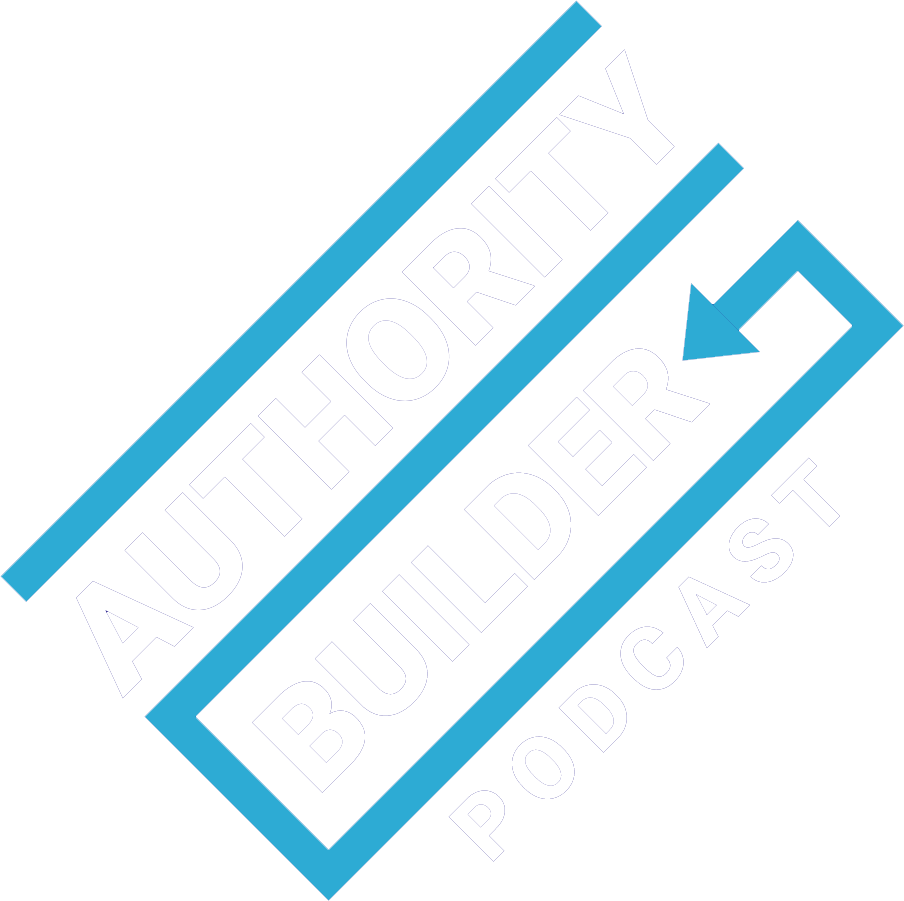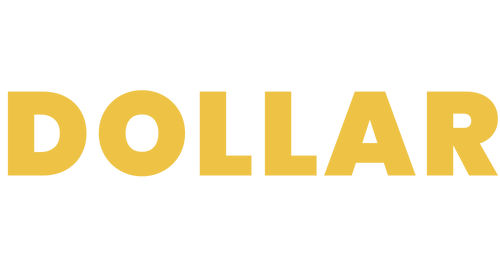Back in my engineering days pricing drove me nuts. There was this thing known as a “market rate”—the sort of standard within the industry for what you should charge.
But I didn’t like the standard. It didn’t leave much profit, and it was driven by the firm that was willing to sell their time for less.
And, there’s always someone who will choose to sell for less.
For a long time that really……pissed me off.
What was wrong with them?!!! ?
It took some time, but I finally realized that the market rate had no bearing on what we choose to charge our clients.
In the process, I stumbled upon some well known, yet seldom used principles that lead to better fees.
In this episode, we’ll tackle them.
- The mindset that leads to higher fees.
- Why clients complain you’re too expensive and how to respond.
- How to avoid discounting when clients ask, “Is that the best you can do?”
- The best way to present your fees.
- Why bonuses are useful, even in service businesses.
Listen now…


